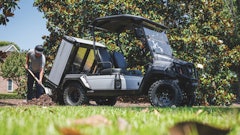The U.S. Environmental Protection Agency (EPA) has announced that it will be requiring 18.11 billion gallons of renewable fuels (i.e. ethanol) in 2016 as part of its Renewable Fuels Standard (RFS). That’s a 7% increase over the 16.93 billion gallons required this year, and an 11% increase over the 16.28 billion gallons required in 2014.
The 18.11 billion gallons in 2016 is also up from a projection made back in May. According to a story by ABC News, the higher reforecast simply coincides with the overall increase in fuel demand in the U.S. as of late. Thus, the increase in renewable fuels doesn’t mean that consumers will begin seeing a higher percentage of ethanol in their fuel.
Nonetheless, organizations such as the Outdoor Power Equipment Institute (OPEI), an international trade association representing more than 100 power equipment, engine and utility vehicle manufacturers and suppliers, have concerns. “(The) EPA announcement is regrettable as the likely introduction of mid-level ethanol fuels for which our products are not designed, built or warranted will increase, and yet not providing any consumer education on the use of fuels containing more than 10% ethanol,” says Kris Kiser, president and CEO of the OPEI. “Additionally, a mandated fuel of greater than 10% ethanol ignores the fueling requirements of the 400 million legacy engine products in use today including boats, snowmobiles, outdoor power equipment, UTVs and autos.”
According to most engine manufacturers, fuels containing greater than 10% ethanol can damage or destroy outdoor power equipment, including lawnmowers, chainsaws, generators, utility vehicles and other small engine equipment such as motorcycle, snowmobile and boat engines. Fuels containing more than 10% ethanol may void product warranties, and by Federal law, it is illegal to use higher-ethanol fuel blends, specifically E15, in outdoor power equipment.
“Herein lies the conflict,” Kiser adds. “EPA’s ruling seems to suggest that fuels greater than 10% are now being mandated into the marketplace.”
Surveys conducted in April and May with consumers, show nearly three quarters of Americans say they are not at all sure if it’s legal or illegal to put high-level ethanol gas (i.e., anything higher than 10% ethanol) into small engine products.
“It is more important than ever for consumers to pay attention at the pump. You must put the right fuel in the right product,” Kiser says.
Consumers and the media can get more information on fueling properly at www.LookBeforeYouPump.com.





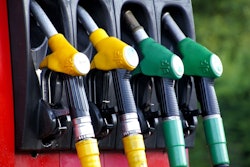
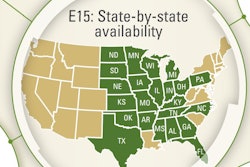

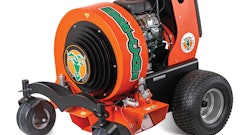


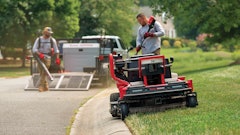



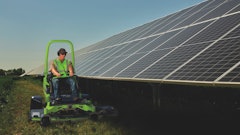

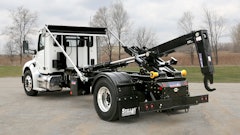
![Gravely Pro Turn Mach One My23 Dsc03139 Edit 1200x800 5b2df79[1]](https://img.greenindustrypros.com/mindful/acbm/workspaces/default/uploads/2025/10/gravely-pro-turn-mach-one-my23-dsc03139-edit-1200x800-5b2df791.BucBnDoN22.jpg?ar=16%3A9&auto=format%2Ccompress&fit=crop&h=135&q=70&w=240)

